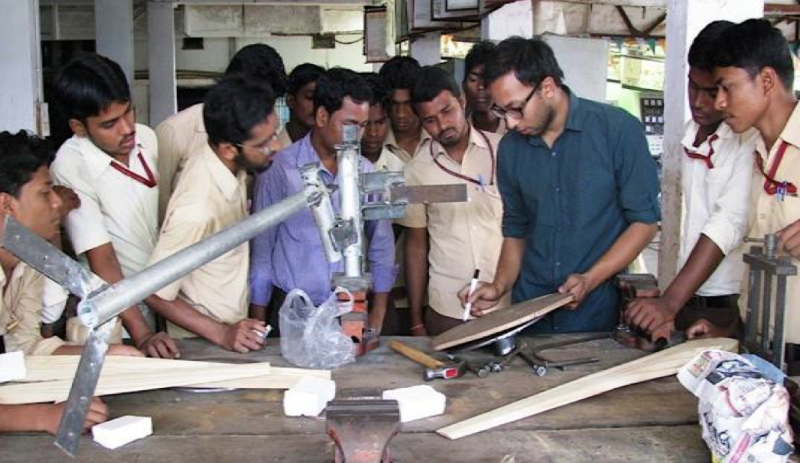 Despite the huge commercial success that India has achieved in establishing large-scale wind energy systems, the use of small wind energy systems (SWES) is extremely limited and the market is still immature. The project aims to demonstrate that SWES are an effective option for rural electrification in tribal areas of the Kalahandi district of Odisha, India. These SWES will be installed in 3 different communities benefiting 60 tribal and marginalised households.
The project will transfer skills and knowhow to local manufacturers and user groups in order that they can produce, operate and maintain small wind turbines. The project is being carried out by Practical Action South Asia Regional Office based in Nepal with its local implementing partner "Gram Vikas" and in close cooperation with local producers and communities for the project design and implementation, and for the dissemination of knowledge learnt from the project.
https://www.youtube.com/watch?v=nt9SMGlrous
Despite the huge commercial success that India has achieved in establishing large-scale wind energy systems, the use of small wind energy systems (SWES) is extremely limited and the market is still immature. The project aims to demonstrate that SWES are an effective option for rural electrification in tribal areas of the Kalahandi district of Odisha, India. These SWES will be installed in 3 different communities benefiting 60 tribal and marginalised households.
The project will transfer skills and knowhow to local manufacturers and user groups in order that they can produce, operate and maintain small wind turbines. The project is being carried out by Practical Action South Asia Regional Office based in Nepal with its local implementing partner "Gram Vikas" and in close cooperation with local producers and communities for the project design and implementation, and for the dissemination of knowledge learnt from the project.
https://www.youtube.com/watch?v=nt9SMGlrous
Projects with same technology
Exchange: “Where the Winds Meet” – Local Construction of Small Wind Turbines in Última Esperanza, Chile
This exchange activity aims to create a local knowledge group for the self-construction of small-scale wind turbines (SWT) in the south of Chile, through an international exchange of knowledge with Argentinian members of the WindEmpowerment network.
Small Wind Power Generation Systems to Provide Clean Energy in Poor Rural Areas
To show that small wind power generation systems are a suitable technology for rural electrification in Peru
Projects in same country
Setting Up an Innovative Jaggery Processing Cluster Level CFC Model through a Thermal Biomass Gasifier System in the State of Karnataka
The project aims to demonstrate the integration of thermal biomass gasifiers (efficiency > 70%) in the jaggery units for heating, with the aim of making the production process more energy efficient and user friendly, as well as improving the working environment and the quality of the produce.
Empowering Rural Entrepreneurs in India
The project aims to demonstrate the viability of a hybrid hydro power plant consisting of a hydrokinetic turbine and photovoltaic panels to power a local rice and flour mill, while also enhancing the population’s wellbeing (e.g. by improved lighting).